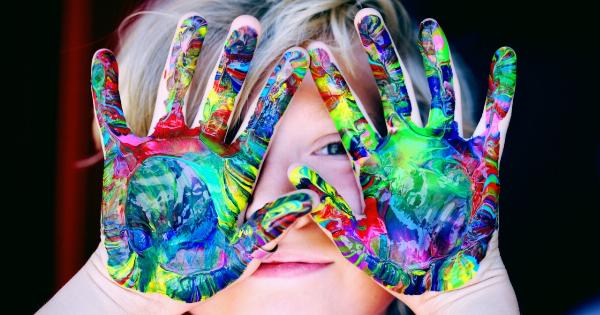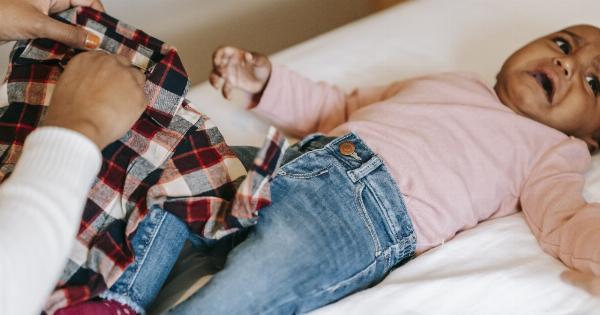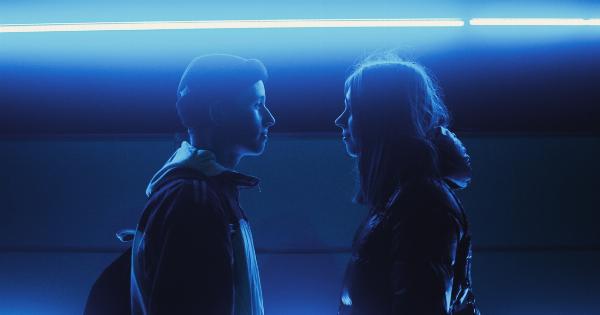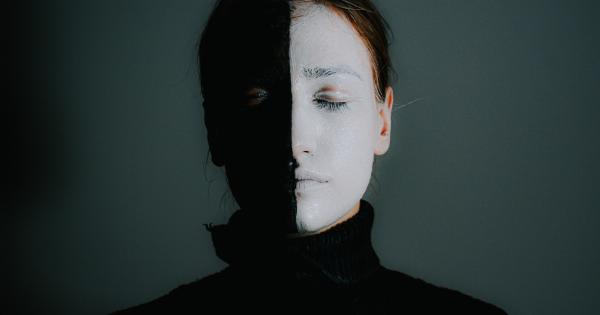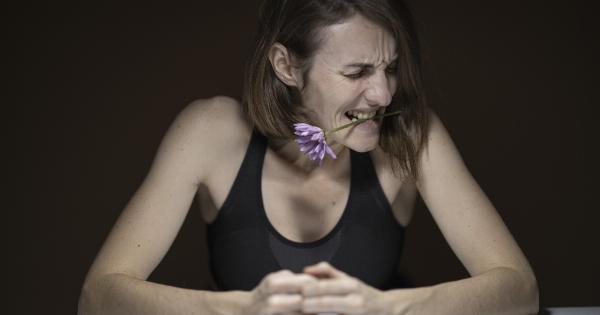Colors play an essential role in our lives. They evoke emotions, can alter moods, and have the power to change how we think and feel. Children, in particular, are sensitive to colors and tend to have a visceral reaction to them.
In this article, we will explore the relationship between colors and children’s mental health.
Color Psychology 101
Color psychology is the study of how colors affect human behavior. Colors can have a profound impact on our emotions, mood, and behavior.
Each color has its own unique psychological properties and can evoke feelings of warmth, excitement, calm, or sadness.
Exploring the Impact of Different Colors on Children’s Mental Health
Red
Red is a vibrant and energetic color that can evoke feelings of excitement, passion, and courage. However, red can also be associated with anger and aggression.
For children with ADHD or autism spectrum disorder, this color may increase their feelings of impulsivity and hyperactivity.
Yellow
Yellow is a cheerful and warm color that is often associated with happiness and positivity. It can uplift children’s moods and promote feelings of well-being.
However, too much yellow can cause overstimulation and agitation, so it’s essential to use it in moderation.
Green
Green is a calming and soothing color that can promote feelings of balance and harmony. It is often used in healthcare settings as it is associated with healing and growth.
For children with anxiety, green can create a sense of calm and help them feel more relaxed.
Blue
Blue is a calming and serene color that can promote feelings of peace and tranquillity. It is often used in bedrooms and classrooms as it is associated with focus, concentration, and productivity.
However, too much blue can create feelings of sadness and isolation, so it’s essential to use it with caution.
Purple
Purple is a creative and imaginative color that can promote feelings of inspiration and intuition. It is often associated with luxury and elegance. For children with a creative mind, purple can be a source of motivation and encourage their imagination.
Orange
Orange is an energetic and enthusiastic color that can promote feelings of warmth and excitement. It can be used to create an inviting and playful environment for children. However, too much orange can create overstimulation and anxiety.
Pink
Pink is a nurturing and compassionate color that can promote feelings of love and empathy. It is often used in healthcare settings as it can soothe children and promote feelings of compassion.
However, too much pink can create feelings of weakness and passivity.
Black
Black is a sombre and serious color that can evoke feelings of mystery and power. It can be used to create a sophisticated and elegant environment. However, too much black can create feelings of sadness and depression.
White
White is a pure and clean color that can evoke feelings of innocence and simplicity. It is often used in healthcare settings to promote cleanliness and sterility. However, too much white can create feelings of emptiness and isolation.
Conclusion
Colors play an important role in promoting children’s mental health. Each color has its unique psychological properties and can evoke different emotions and feelings.
By carefully choosing colors, parents, educators, and healthcare providers can create a positive and supportive environment for children.

